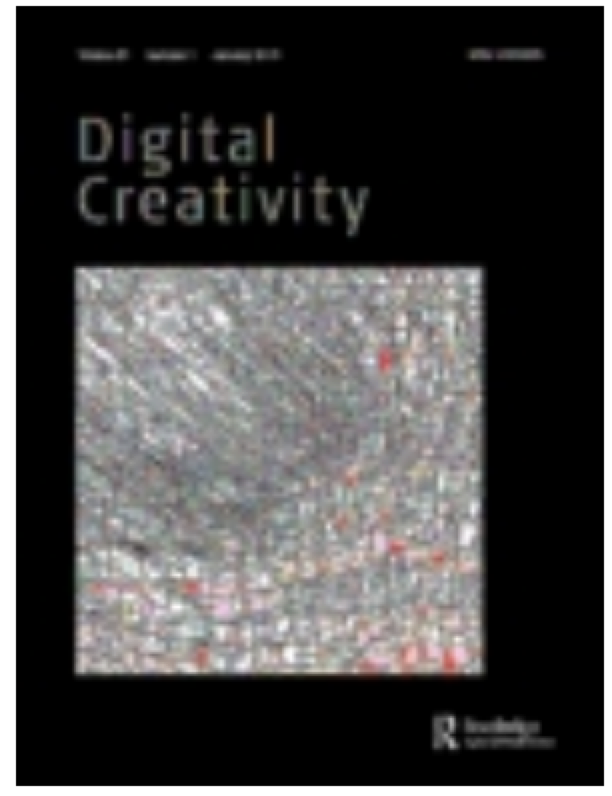Blog 1:An internet of old things
The article I read is 《An Internet of old things》

To cite this article: Chris Speed (2010): An internet of old things, Digital Creativity, 21:4, 239-246
To link to this article: http://dx.doi.org/10.1080/14626268.2010.555915
This article analyzes the linear trend of the production and consumption of goods in the era of Internet of things – giving up the old things, new things are the best. Putting forward the old stories and information can bring value to the old goods. The author thinks that in the era of Internet of things, every item can’t get rid of its past information, which can add value to these old items and bring opportunities to get rid of the past consumption mode of “new is good”. Using cosmetic surgery and parental genes as metaphors of the Internet of things, the author demonstrates that new things will innovate or upgrade on the basis of old things: for example, many historical novels or movies are inspired by old stories. Old things are meaningful to people as well as goods. People can have fun through the information and stories of old things. This view can be verified by Oxfam’s charity project: when tourists scan the QR code labels on old items on sale, they can learn the story of the original owner and the goods. Although the goods with the QR code are old, they are all sold. This consumption pattern uses memory and history as selling points, providing a new concept of “memory economy”, which enables people to pursue new things without breaking away from the past.
I think “memory economy” is related to my current “big data” project, because what I record is the data generated by what was happening at that time. By showing the data recorded at that time to the audience, the audience can understand what happened to the object in the past, and the audience can imagine according to the information of the past carried by the object, This practice and object can be used as a medium to link the past and the present. My practice in this professional field is related to “memory economy”. I think a lot of design and art styles contain elements of “old things”, and these works are also successful, such as the popular vapor wave, which combines the new popular elements with the old low fidelity image and sound quality to convey a sense of Psychedelic nostalgia and make the audience feel like entering a parallel world. As a student majoring in interaction design, I have to mention Moore Manor, a popular children’s web game in China in 2008. In June 2021, the mobile game app appeared for the first time. The main user group it attracted was adults born in the 1990s. The game’s main focus was “memory economy” marketing. However, the interaction design of the game does not maintain the original style, but caters to the current popular “task line” game interaction experience mode, which also leads to the loss of most users. The main reason is that it does not make good use of the “memory economy”.
In my later design practice, I can try to add creativity on the basis of old things or stories. According to the age of the user group, I can selectively combine some elements with nostalgic memory points to increase the story connotation of the design works, so as to arouse the resonance of users and improve their satisfaction with the design works.